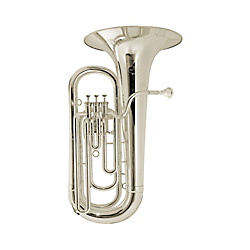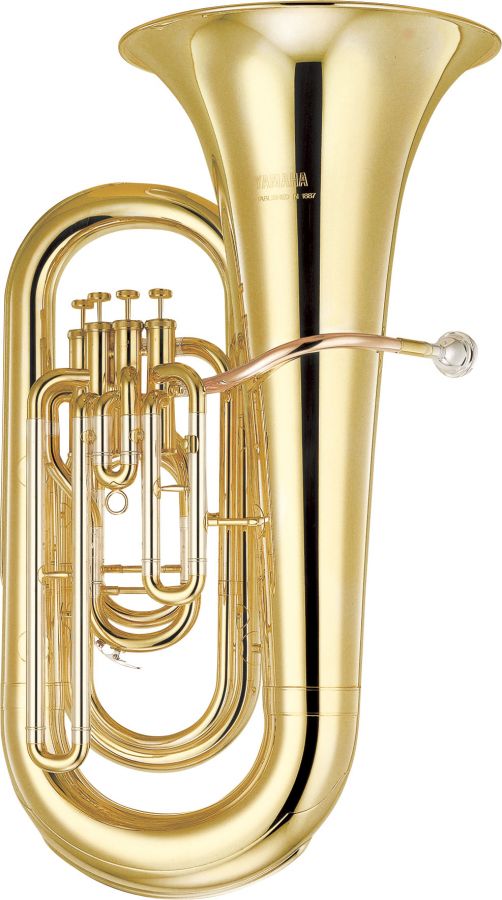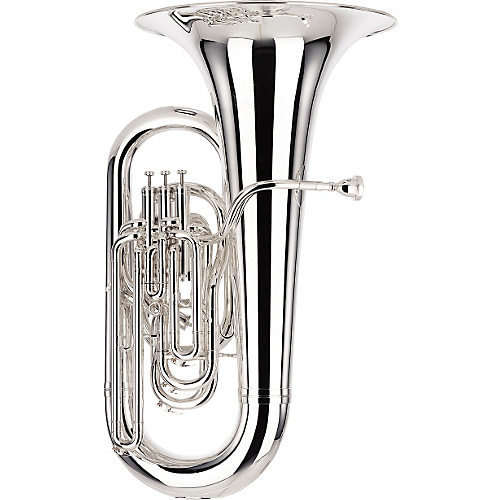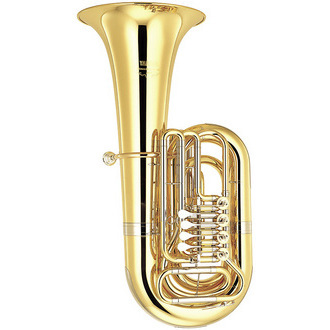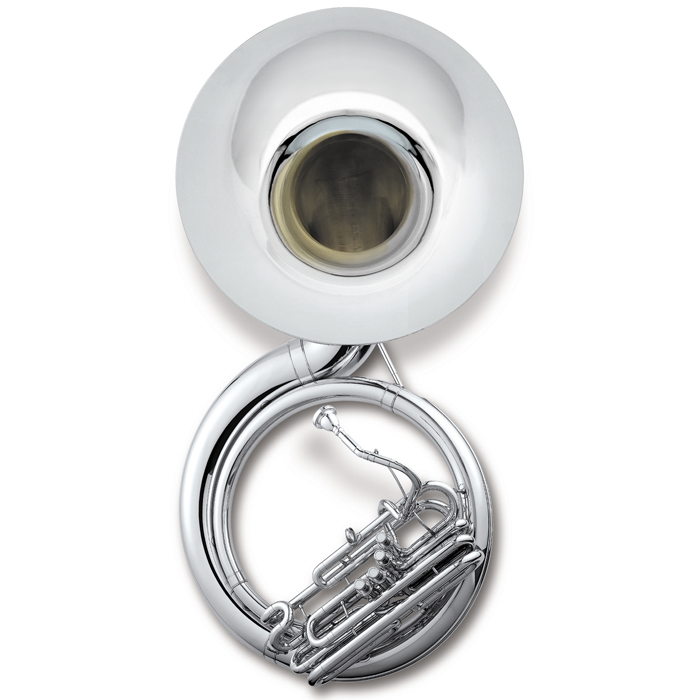Tuba
Brass Family / Bass Voice
The Tuba is the lowest sounding instrument in the Brass Family.
It is in the Conical / Non-directional Brass Family, along with French Horn and Euphonium.
This family provides the warmth and depth in a band sound.
The Tuba is an easy instrument for most beginners, the hardest challenge being to transport it to and from school.
Tuba stands can be used to hold the tuba partially or fully, so the weight isn’t supported by the student.
Physical Attributes
- Lips are medium to thick
- Front 4 adult teeth all present (2 top, 2 bottom)
- Front teeth are straight and even, closed teeth meet evenly
Large overbites can be accommodated
Blow Test Achievements
- Demonstrate good lip control with the “flutter” and “fly” exercises
Instrument Progression
Bass Trombone or Trombone for playing in a Jazz Ensemble
Euphonium
Trumpet, French Horn
Tuba Family
Tubas come in an amazing array of styles.
The first and most important factor is the Key.
In Bands, Tubas are usually in Bb (larger) and Eb (smaller). Because of they play in so low, it has become common to label these as BBb (meaning double B flat, an octave lower than Euphonium and Trombone) and EEb (double E flat)
In orchestra, the CC tuba is most common and for soloist work the F Tuba is favoured.
The size of a Tuba is referred to in quarters. The most common beginning Tuba being the 3/4 BBb Tuba.
The most common Tuba I am seeing in High Schools is the 4/4 EEb Tuba with 4 piston valves.
Tubas can go up to 6/4 and beyond. The quarter designation is an informal industry term with no real guidelines. It really refers to how large the bore (diameter of the tubing) is in relation to a standard full size tuba.
Tubas also feature anywhere from 3 to 6 valves, which can be Piston or Rotary valves.
Some Tubas even have removable bells so they can be transported in separate cases.
Of course, we mustn't forget the Sousaphone, a marching Tuba which wraps around the musician and feature a huge forward facing bell.



